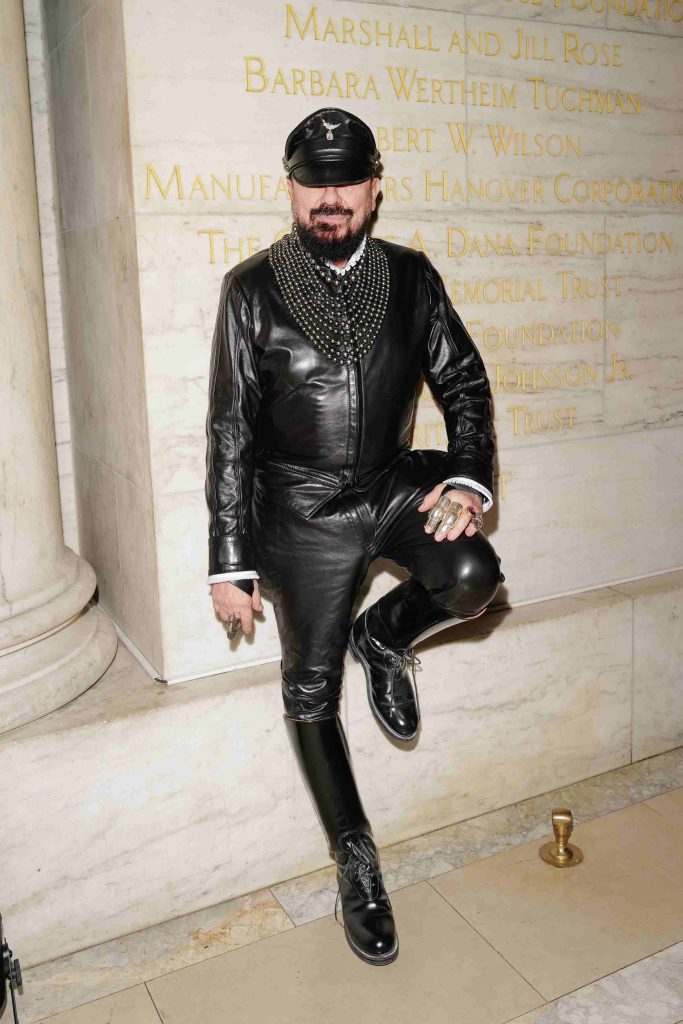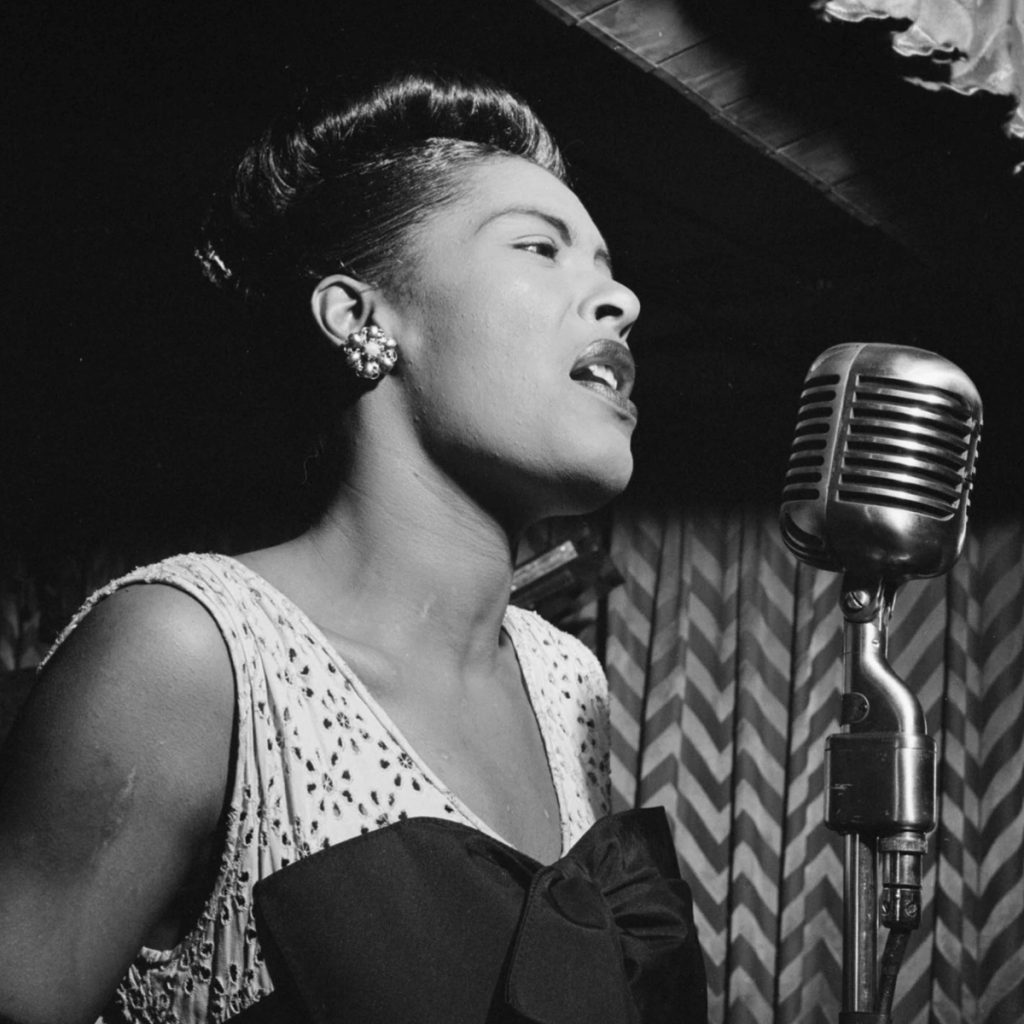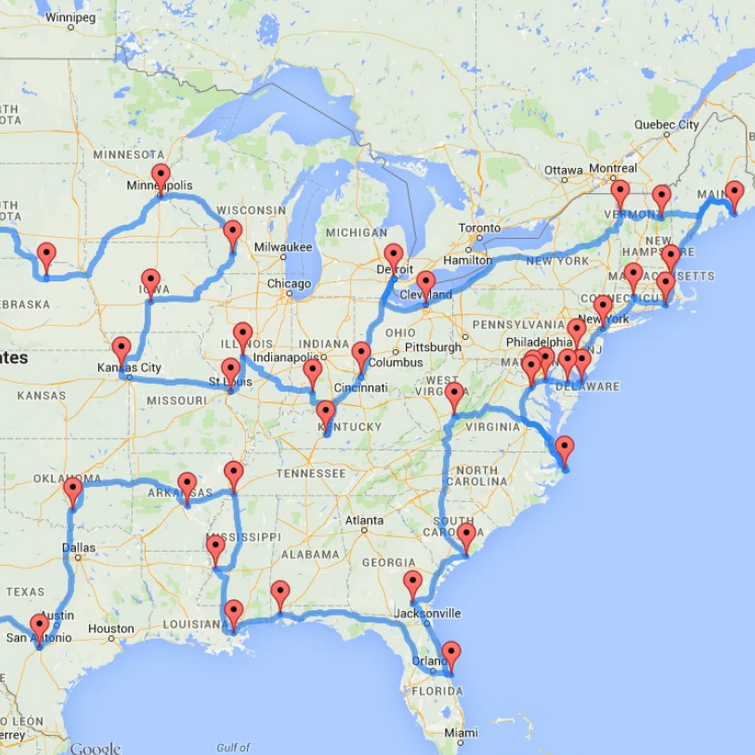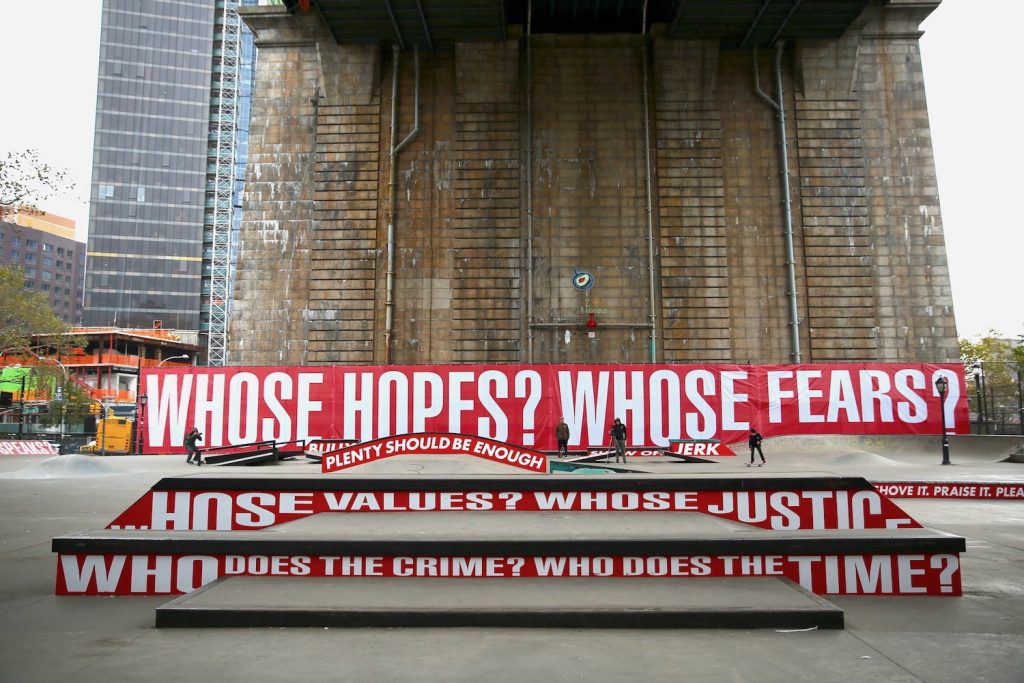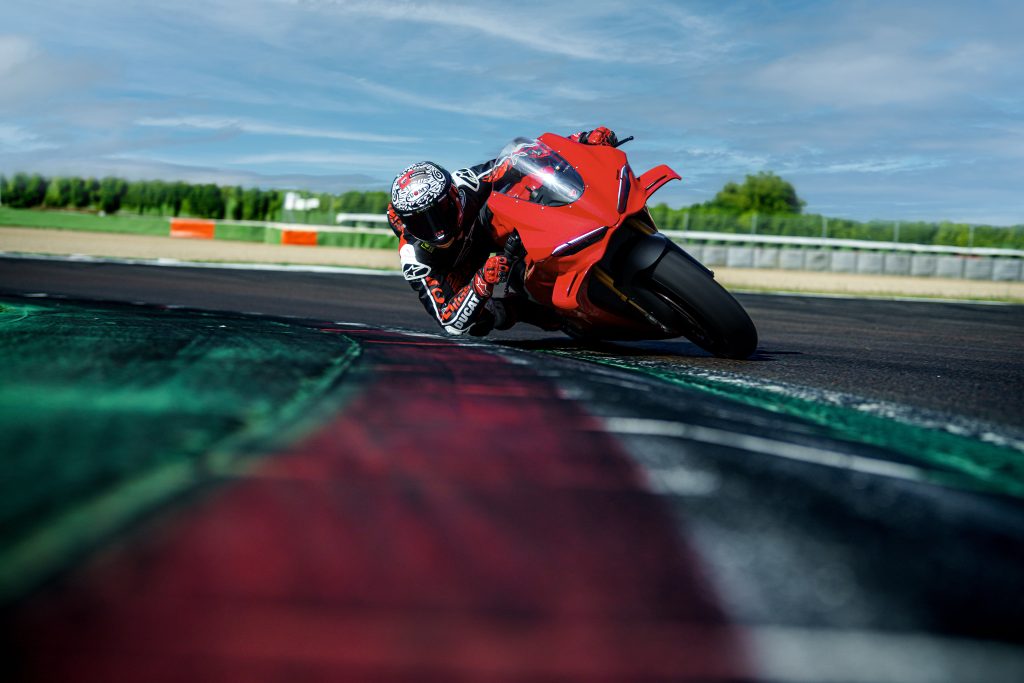Portable Monuments
British artist duo breaks down contemporary war photos with a set of symbolic blocks


“Portable Monuments” presents the exhibition of a visual code of brightly colored blocks used to decipher the surplus of images accompanying news headlines. The brainchild of artist duo Adam Broomberg and Oliver Chanarin, the project marks the third installment of their analysis of German poet Bertolt Brecht’s 1955 book, “War Primer.” Brecht felt that because photography was mostly in the hands of the bourgeoisie, images from mass-circulated magazines were not an honest portrayal of capitalist society during WWII, so he compiled 85 “photo-epigrams”, turning his own four-line poems into what he felt were more appropriate captions for the pictures he clipped from publications like Time.

In October 2011 Broomberg and Chanarin created “War Primer 2,” for which they took 100 copies of the original hardback book, added silk-screened text and adhered 85 contemporary images culled from the Internet. Their soon-to-close exhibition at Dusseldorf’s Paradise Row gallery, dubbed “Poor Monuments,” takes the exercise a step further by replacing the substituted images with simple red rectangles, titling each piece with a description of the image not pictured and a URL of where it was sourced.

The “Portable Monuments” lexicon that Broomberg and Chanarin developed in a series of contemplative workshops is designed as an educational tool for deconstructing 21st-century news photos. The pair have reduced the images to a set of ingenuously hued blocks to represent the strangely palatable portrayals of modern conflict. With the majority of photojournalists following war’s rules of engagement, Broomberg and Chanarin aimed to create a code that points out the sterility of the resulting photography, documentation that they feel falls short of the full truth.

“Portable Monuments” is currently on view at Amsterdam’s Galerie Gabriel Rolt, with each original image now represented by a irreverently large-scale photo of the correlating coded blocks—arguably a nod to the fact that the photos on display will likely hold more value as unique works of art than the lives they actually depict.

The month-long exhibition runs through 18 February 2012 at Galerie Gabriel Rolt.
Close-up image of blocks: London suicide bombers (L-R) Hasib Hussain, Germaine Lindsay, Mohammed Sidique Khan and Shehzad Tanweer are captured on CCTV at Luton railway station on 7 July 2005. The Guardian, Thursday April 22, 2010., C-type print, 150 x 190 cm, 2011, Unique Work
